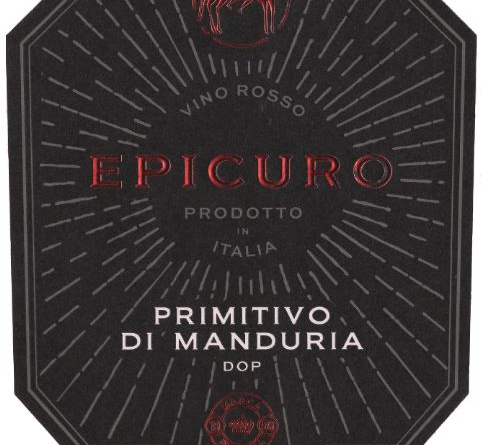
Foiling: Hot or cold, Conventional or Digital
Brands in all markets use foils due to the number of production methods available to incorporate multi-sensory packaging effects. The advantages of improvement in aesthetics, resistance to counterfeiting and other 3D effects have long been known to Brand owners and convertors alike.
There has been a revival in the use of these technologies again in the recent past due to the following factors:
- Attention on the retail shelf/ or a e commerce marketplace is increasing, and brands do need to create more differentiation.
- Counterfeiting is on the rise and Metallic foils whether standard, holographic, or Cast and Cure, all add an additional layer of security to the packaging.
- Ability to apply foils on different substrates using different technologies including Food and Tobacco pouches, Cosmetics and Industrial Labels, PVC shrink Films, Liquid Packaging, Direct PET and Glass bottles etc all expand the gamut of applications for foiling.
Traditionally Hot and Cold foiling have both been prevalent.

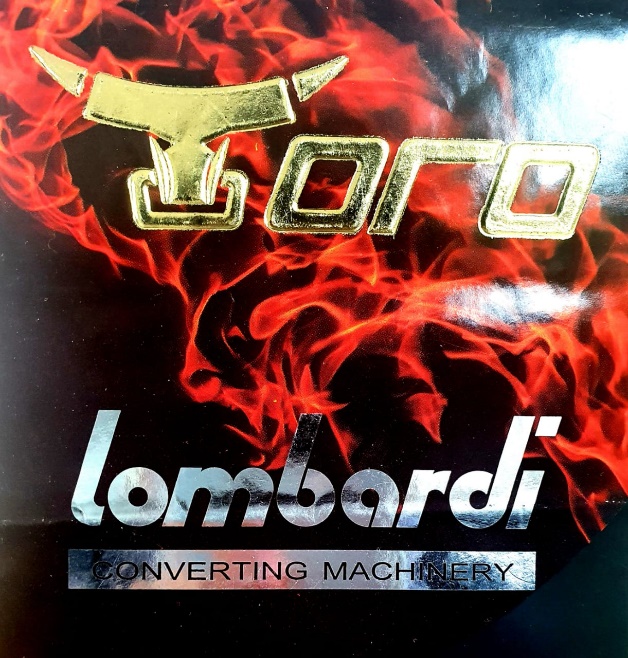
The following describes the pros & cons between the two:
It is a procedure that uses a metal plate that has been etched with an illustration of the desired design needed for the specific application and is performed on a foil stamping system. When a heated plate collides with a roll of foil film, the foil adheres to the plate. The metal plate then makes contact with the imprinting layer, transferring the metallic component to the region of the paper that requires the metallic impact. The end effect is a paper with a heavily reflective background that appears light and densely shiny.
THINGS TO CONSIDER FOR COLD FOIL AND HOT FOIL PRINTING
Small Foil Area: The cold foil process is performed in-line on the press. There will be an unnecessary amount of foil waste if the foil region (the area on the sheet that would be foiled) is small and does not use the full foil ribbon over the sheet. In comparison, the hot foil printing process (which is performed on a hot stamping machine) requires the foil ribbon to accurately index in minute intervals, allowing the entire foil ribbon to be used.
Large Foil Area: Cold foil may be a cost-effective option when the foil area is large. Because of the vast foil region on the cover, the foil ribbon can be used to its full potential. The second phase of hot foil stamping can be omitted with the ability to cold foil in-line on the press.
Use of Substrate: Certain substrates, such as uncoated stocks, can make the cold foil process difficult. A coat of adhesive is added to the sheet during the cold foiling process. Since uncoated stocks retain glue, the foil has less adhesive to adhere to. This can result in foil flaking, uneven textures, and rough edges.
Hot Foiling on the other hand can be done only on papers and non-temperature sensitive substrates. Typically PVC and PET films, Bottles etc are all marked using Cold Foiling.
In-Line vs. Second Operation: Since the cold foil process is performed in-line on the press, it reduces the need for a second off-line hot foil stamping procedure. Inks, varnishes, and coatings may be added directly to the cold foil on the press, while this will require an extra press pass after the hot stamping process.
Hot Foiling if done in line, brings down the speed of the Production line or is usually done off line as a 2nd process.
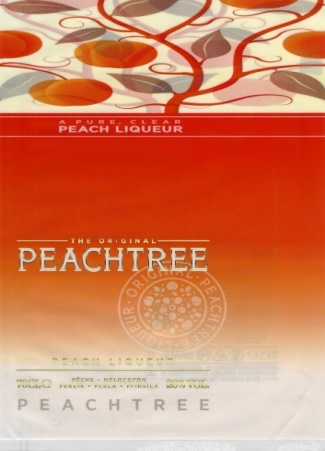
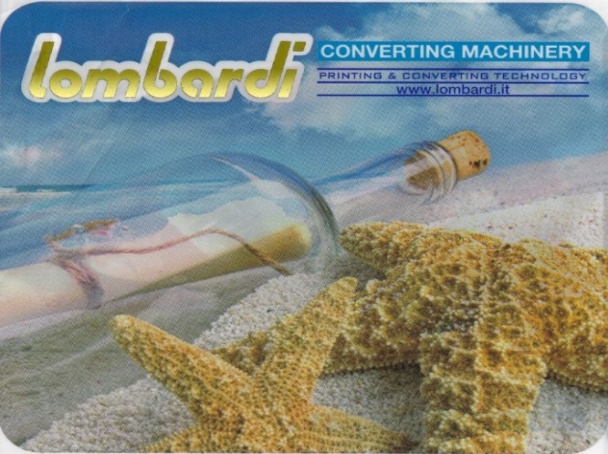
Cold Foiling: Conventional or Digital A new development has been to lay down the cold foiling glue using Digital ink jet systems instead of conventional Offset or flexo processes. This eliminates the need for origination plates, gives 100 % flexibility of making each label unique and gels very well with current Digital Label printing systems. Ability to run high speeds and offer metallic doming with a High Build or High raise effect add extra value to the process.
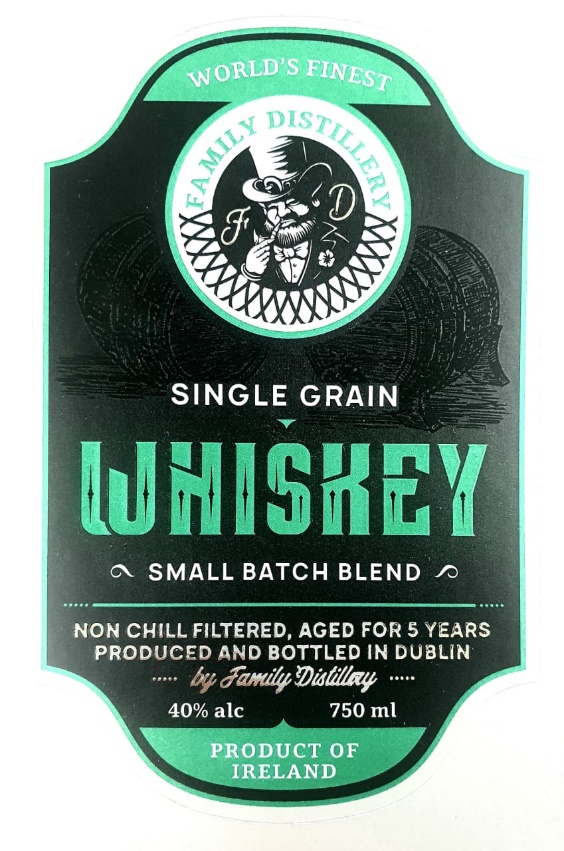
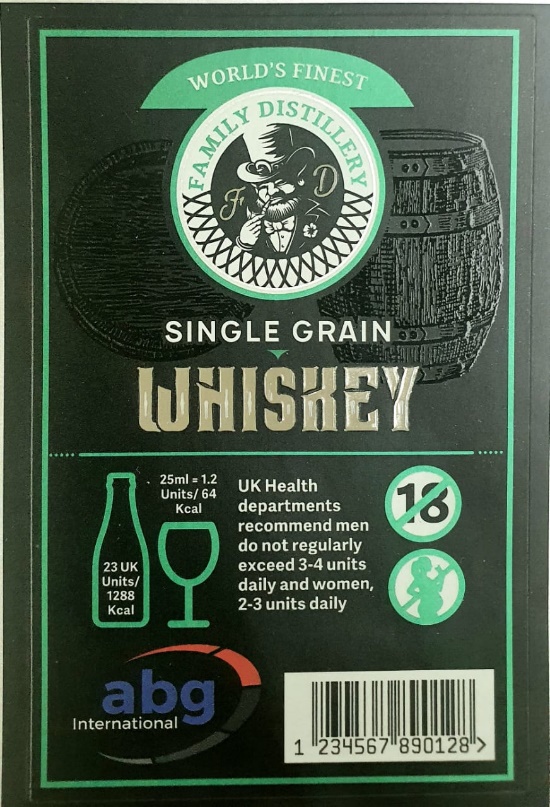
QUESTIONS TO ASK REGARDING COLD AND HOT FOIL PRINTING
It is crucial to consider the end goal when deciding between hot and cold foiling. It is best to start with the product’s specific requirements and then find a match based on how well each technology’s capabilities complement them. The below are some of the questions that must be addressed:
- What is the most appropriate solution for the application?
You must know what the product does and who it is intended for. The application should be able to steer you in the right direction on its own.
- What is the budget?
Although cost is not the most crucial factor to consider, it often restricts your options.
- What kind of substrate is the foil being applied with?
The packaging’s substrate can determine the chosen foiling form. Hot foil is needed for some substrates, while the cold foil is preferred for others.
- What type of look do you want?
One of the simplest ways to choose whether to use hot or cold foil stamping is to select the look you want to achieve. Hot foil, traditionally, offers more choices, definition, and brilliance.
Here at VINSAK, we are extremely dedicated to providing you highly effective, cost efficient and the most comprehensive Foiling solutions. Our ranges of products adheres to industry standards and comes with a multitude of other features and offer you the best suited production process to add to your packaging. For Brand owners, we are happy to provide design support in evaluating the process for their packaging and for Convertors the most efficient way to then produce the same.
Choose from our range of foiling machines for any of your applications:
Hot Foiling: Lombardi Toro, Iwasaki TR3, ABG Big Foot & VINSAK LFD
Cold Foiling: Lombardi Synchroline, Lombardi Digistar, ABG Digicon
Digital Foiling: ABG Digi Jet and VINSAK USAR Foil /HB

